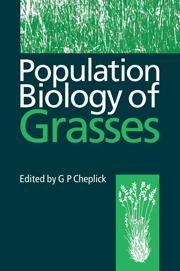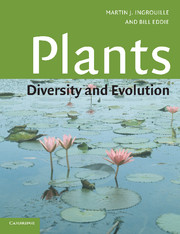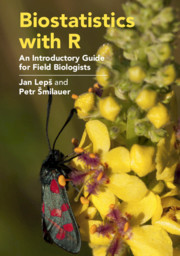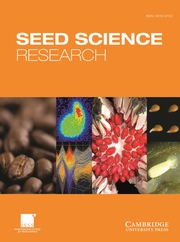Population Biology of Grasses
Grasses occupy a greater area of the world's land surface than any other plant family, occurring in almost every terrestrial environment and providing a vital source of food for humans and animals. This volume presents the most recent information on their population biology, bringing together contributions from researchers studying both applied and fundamental aspects of this important group of plants. This volume considers demographic, physiological, ecological and molecular approaches to understanding grass populations in relation to reproduction and to aspects of life history patterns such as dispersal, germination, seedling establishment, population dynamics and reproduction. Other areas covered include the role of genetic variation and phenotypic plasticity in shaping life history traits, the impact of biotic factors, and the ecology of specific species in major grass-dominated ecosystems in Africa, Australia and Japan.
- An up-to-date synthesis of the population biology of an economically and ecologically important group of plants
- Encompasses both basic and applied aspects of grass population research
- Includes a diversity of approaches, spanning ecological, physiological and molecular studies
Reviews & endorsements
"...quite a lot of very interesting and useful information in this book...well edited...the quality of the individual chapters is commendable, and the coverage of many is exceptional." Plant Science Bulletin
"...well written and very interesting. Overall, this is a useful book that will be of interest and value to plant population biologists in general and grassland ecologists specifically...will be a most useful review of the topic for several years and points the way for future studies." Ecology
"I enthusiastically recommend this book to people who want to understand the role of native grasses in the natural world." The Quarterly Review of Biology
"...the utility of this book as a desk reference is augmented by the inclusion of a comprehensive index to topics and taxa. The book seems free from typographical errors, the line drawings and photos are of high quality, and the chapters are largely readable and engaging. Population Biology of Grasses will be an important addition to personal and institutional libraries alike." BioScience
"...not only interesting and clear in explaining the population biology of grasses, but also a good read, stemming from a well-maintained flow of material and enjoyable style. But chapters can also be read independently--an important consideration for those looking for a reference book. The material in the book is presented clearly and concisely, and an excellent feature is its abundance of references, useful for further research. Overall it provides answers to just about any question about demographic, physiological, and molecular approaches to understanding grass populations." Canadian Society of Environmental Biologists
"...provides a wealth of knowledge beyond population biology that ecologists and ecosystem biologists will find relevant to their concerns, particularly those with an interest in grasslands...would make an excellent addition to the reference shelf of anyone interested in grasses and grassland-related ecosystems, including readers with an interest in land management and preservation...an excellent, well-written book that should prove a useful reference to a broad group of grassland enthusiasts, whether their focus be basic ecological processes or management of grassland ecosystems." Great Plains Research
Product details
April 2011Adobe eBook Reader
9780511822698
0 pages
0kg
61 b/w illus. 42 tables
This ISBN is for an eBook version which is distributed on our behalf by a third party.
Table of Contents
- Contributors
- Preface
- Darwin revisited: approaches to the ecological study of grasses A. D. Bradshaw
- Part I. Population Variation and Life History Patterns:
- 1. Allozyme diversity in the grasses M. J. W. Godt and J. L. Hamrick
- 2. Ecology of seed dormancy and germination in grasses C. C. Baskin and J. M. Baskin
- 3. Seed dispersal and seedling establishment in grass populations G. P. Cheplick
- 4. Clonal biology of caespitose grasses D. D. Briske and J. D. Derner
- 5. Ecological aspects of sex expression in grasses J. A. Quinn
- 6. Interspecific variation in plasticity of grasses in response to nitrogen supply E. Garnier
- 7. Population biology of intraspecific polyploidy in grasses K. H. Keeler
- Part II. Ecological Interactions
- 8. Plant-plant interactions in grasses and grasslands W. K. Lauenroth and M. O. Aguilera
- 9. Competition between grasses and woody plants S. D. Wilson
- 10. Fungal endophyte infection and the population dynamics of grasses K. Clay
- 11. Arbuscular mycorrhizas and the population biology of grasses K. K. Newsham and A. R. Watkinson
- Part III. Population Biology of Specific Groups:
- 12. Population dynamics in the regeneration process of monocarpic dwarf bamboos, Sasa species A. Makita
- 13. Population dynamics of perennial grasses in African savanna and grassland T. G. O'Connor and T. M. Everson
- 14. A life cycle approach to the population ecology of two tropical grasses in Queensland, Australia D. M. Orr
- Index.









